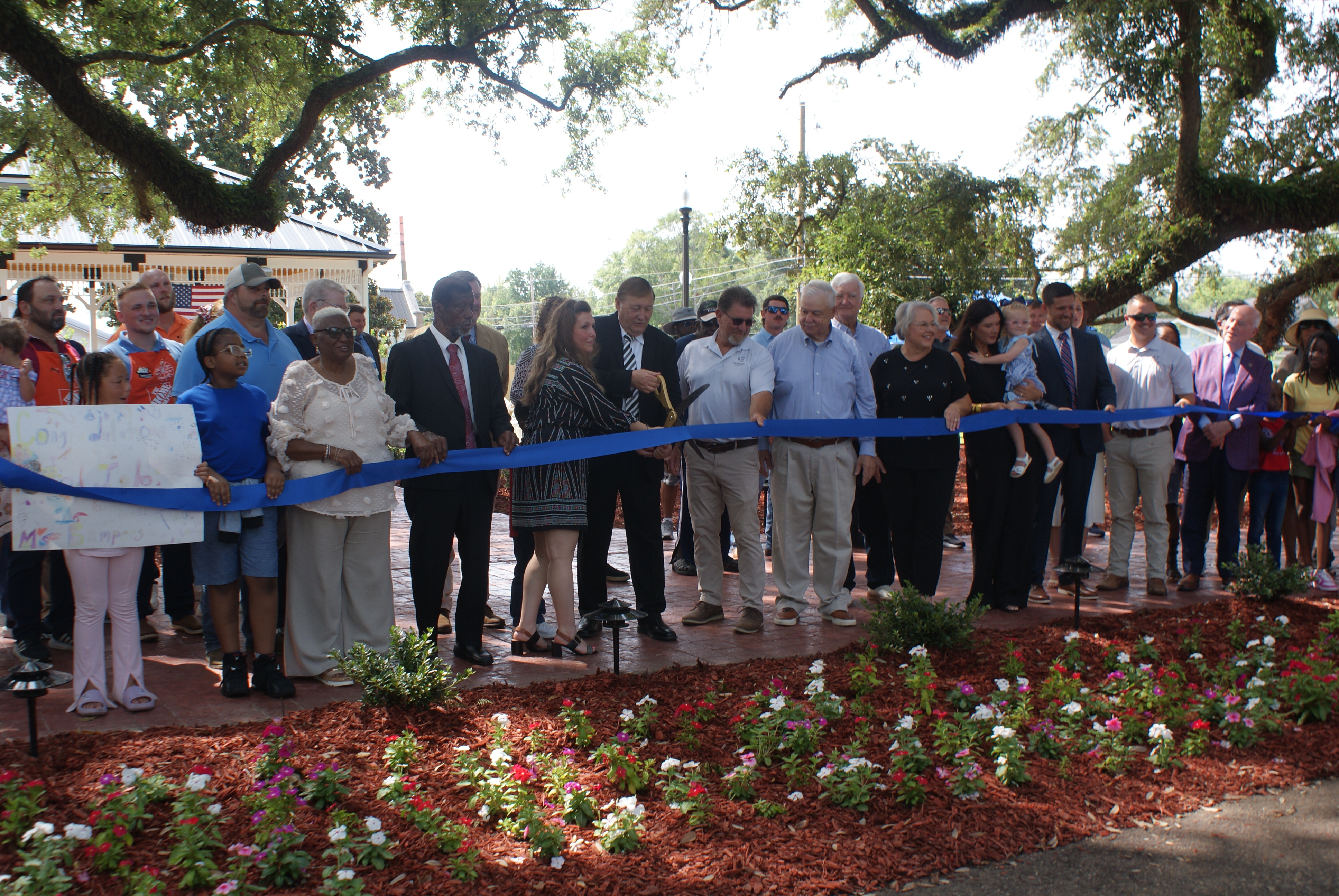Ford’s funeral tones down regal touches, but is crowded with events
Published 8:17 pm Friday, December 29, 2006
Less pomp, more circumstance.
Gerald R. Ford’s state funeral is missing some of the grandeur of the one for Ronald Reagan two years ago, a reflection of the 38th president’s modest ways and lesser imprint on the nation, according to further planning details released Thursday.
President Bush will not attend weekend ceremonies including a Capitol Rotunda service, but he will return to Washington from his Texas ranch on Monday, pay respects to Ford while his remains lie in state at the Capitol, and speak Tuesday at services for Ford at the National Cathedral.
Ford created a posthumous buzz with the release of interviews critical of Bush that he gave to two newspapers on condition they not be published at the time.
He told The Washington Post in 2004 and the New York Daily News in May that Bush was mistaken in his rationale for going to war against Iraq. He also said he was “dumbfounded” when he learned of Bush’s domestic surveillance program.
If some of the formalities are toned down, Ford’s goodbye is packed with events tied to the touchstones of his life.
A prayer service and public viewing Friday in Palm Desert, Calif., near Ford’s retirement haven for 30 years, begins a five-day chain of ceremonies that includes two funeral services in Washington; yet another, in Grand Rapids, Mich., adopted hometown of the Nebraska native, and additional commemorations in the Capitol.
Readying itself in a hurry, the nation’s capital prepared to receive Ford’s remains and honor the memory of the congressional veteran who achieved the highest office by happenstance.
Bush declared Tuesday a national day of mourning, asking people to gather in places of worship to honor Ford’s memory and ordering nonessential government departments to close. “I invite the people of the world who share our grief to join us in this solemn observance,” he said.
The convergence of foreign and U.S. dignitaries, the public and national symbolism marked the ceremonies as a potential target for terrorism, prompting the government to designate the funeral a special security event. That expedites a range of extraordinary measures overseen by the Secret Service.
Even so, some of the most regal touches of a state funeral — those most burned in the consciousness of Americans old enough to remember the clicking hooves and the faces of grief of John F. Kennedy’s funeral procession — are being bypassed, by request of his family and, most likely, according to Ford’s own wishes.
Barbara Owens, speaking for the Military District of Washington, said Thursday the family asked for several elements of the traditional funeral procession to the Capitol to be excluded from the ceremonies. They are:
— The caisson, a converted cannon wagon drawn by six horses of the same color. Ford’s casket will be driven by hearse instead.
— The riderless horse, which follows the caisson, with boots reversed in the stirrups of the empty saddle.
— The flyover of 21 fighter aircraft, with one executing the “missing man” maneuver. Instead, a flyover will happen in Grand Rapids, where Ford spent most of his childhood and practiced law before representing the city in Congress for 25 years. He will be interred there, on a hillside north of his presidential museum.
Ford’s casket will travel the length of the Capitol Building over three days, pausing in front of the House chamber on the way in Saturday and in front of the Senate chamber on the way out.
Those unusual extras were designed to honor Ford’s service to both chambers, as a House member and as Senate president, by virtue of his position as vice president.
At the end of the funeral procession from Andrews Air Force Base on Saturday, a military team will carry the coffin up the steps of the East Front of the House. It will then lie in repose in front of the House chamber and be carried into the Rotunda for a ceremony and public viewing.
Reagan’s casket was handed off between three teams of military personnel up the West Front stairs of the Capitol, involving three times more steps, and directly into the Rotunda. That was done, according to associate Senate historian Don Ritchie, because of construction on the east side.
Bush, who is on vacation, missed Reagan’s service in the Capitol, too, because he was attending a G-8 summit. He eulogized the late president at the cathedral funeral service later.
It was unlikely that Ford’s visitations would draw the crowds of the Reagan funeral, when more than 200,000 people on both coasts paid their respects to the two-term president.
The Capitol could be crowded and its members hard to seat, Ritchie said, because the funeral takes place with Congress in transition, and former lawmakers, current ones and newly elected ones are expected to attend.
The timing also caught the majestic National Cathedral in transition. Much of the property is marred by sand, mud and construction equipment, all visible from the cathedral’s front entrance, because workers are building an underground parking garage.
On the Net:
Ford museum and library: http://www.ford.utexas.edu/
The Architect of the Capitol: http://www.aoc.gov/





